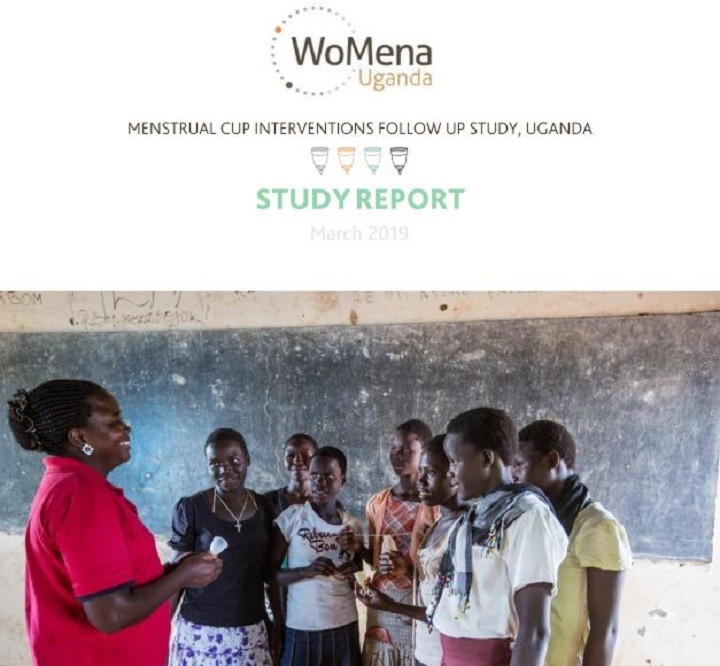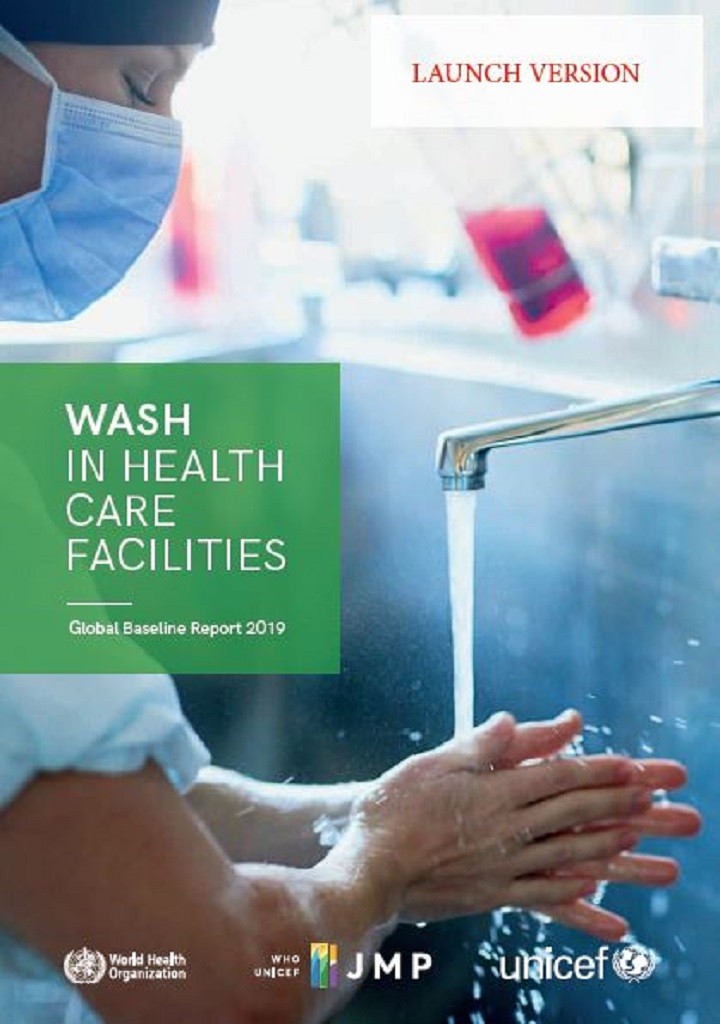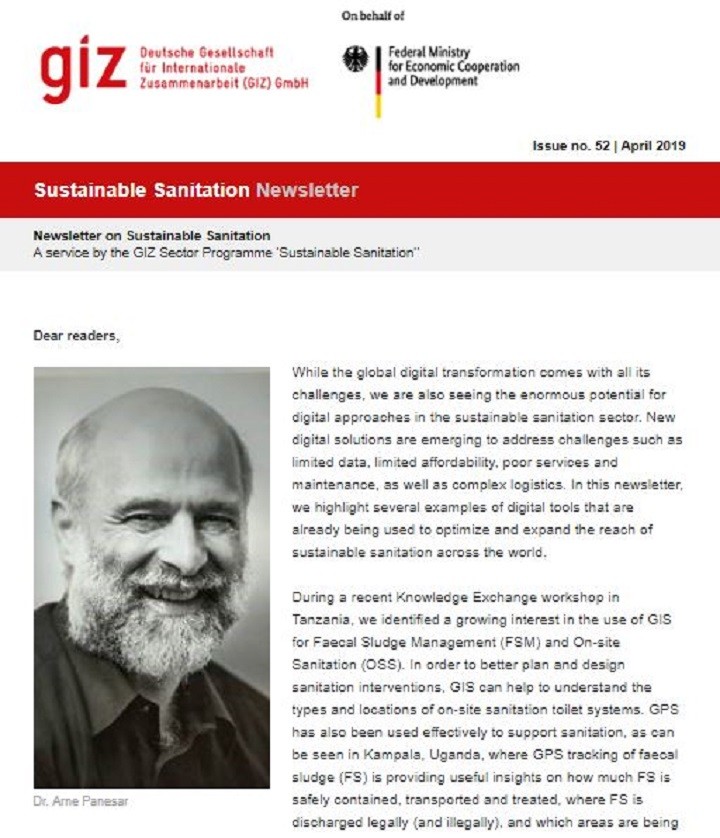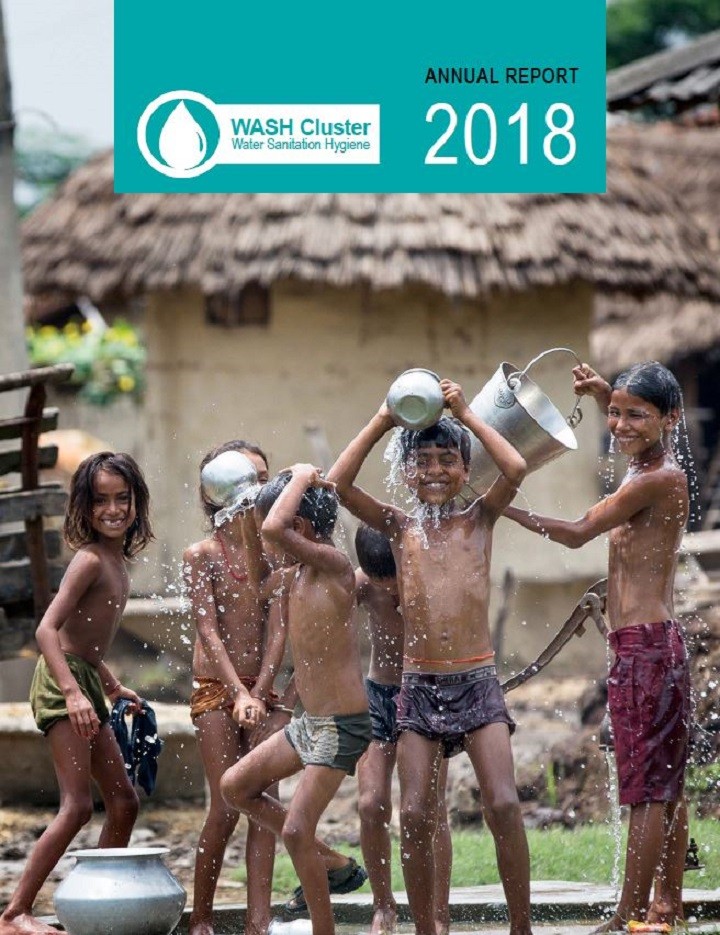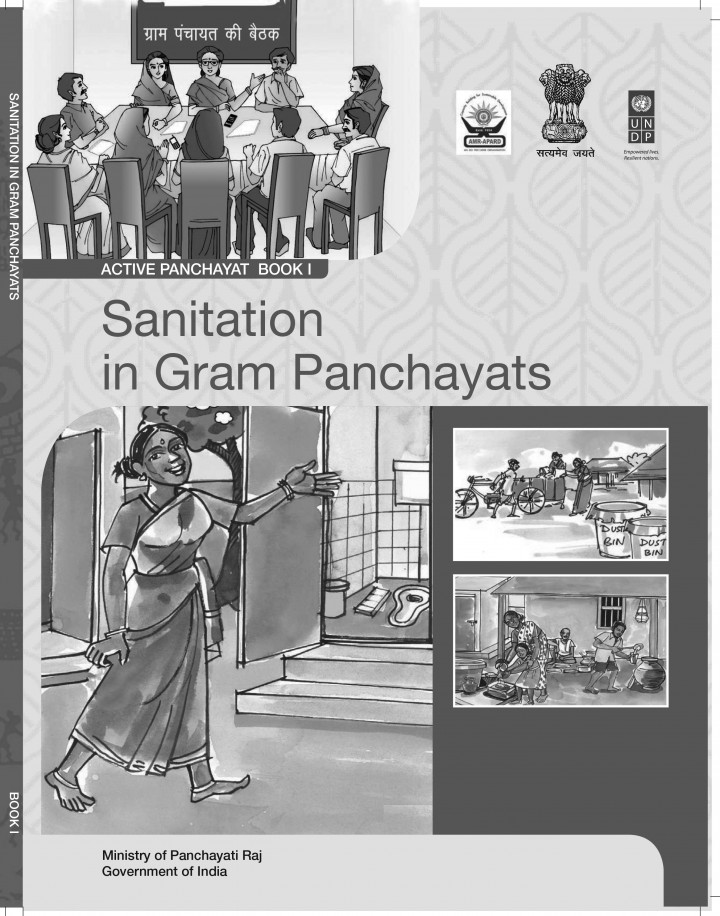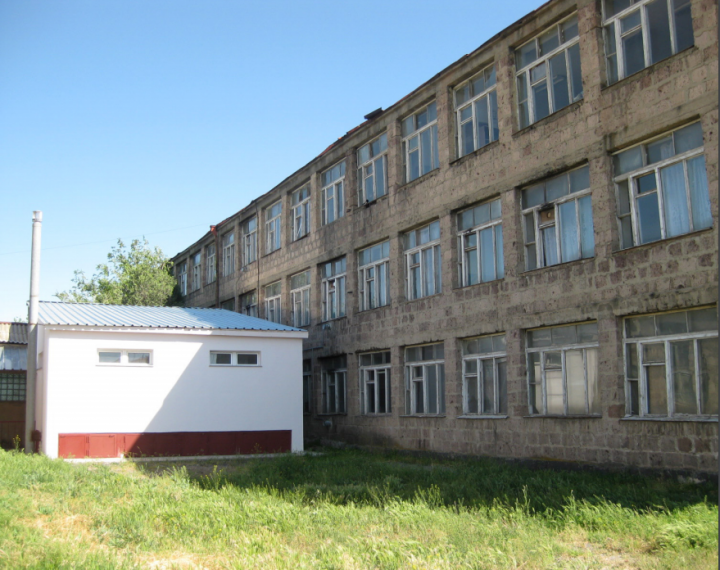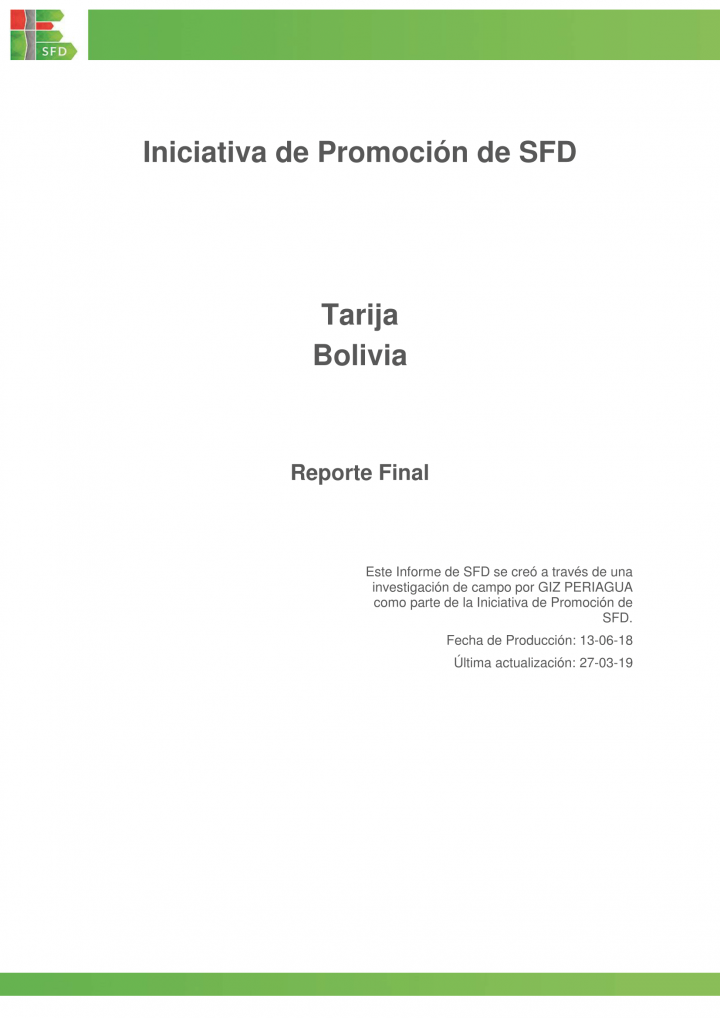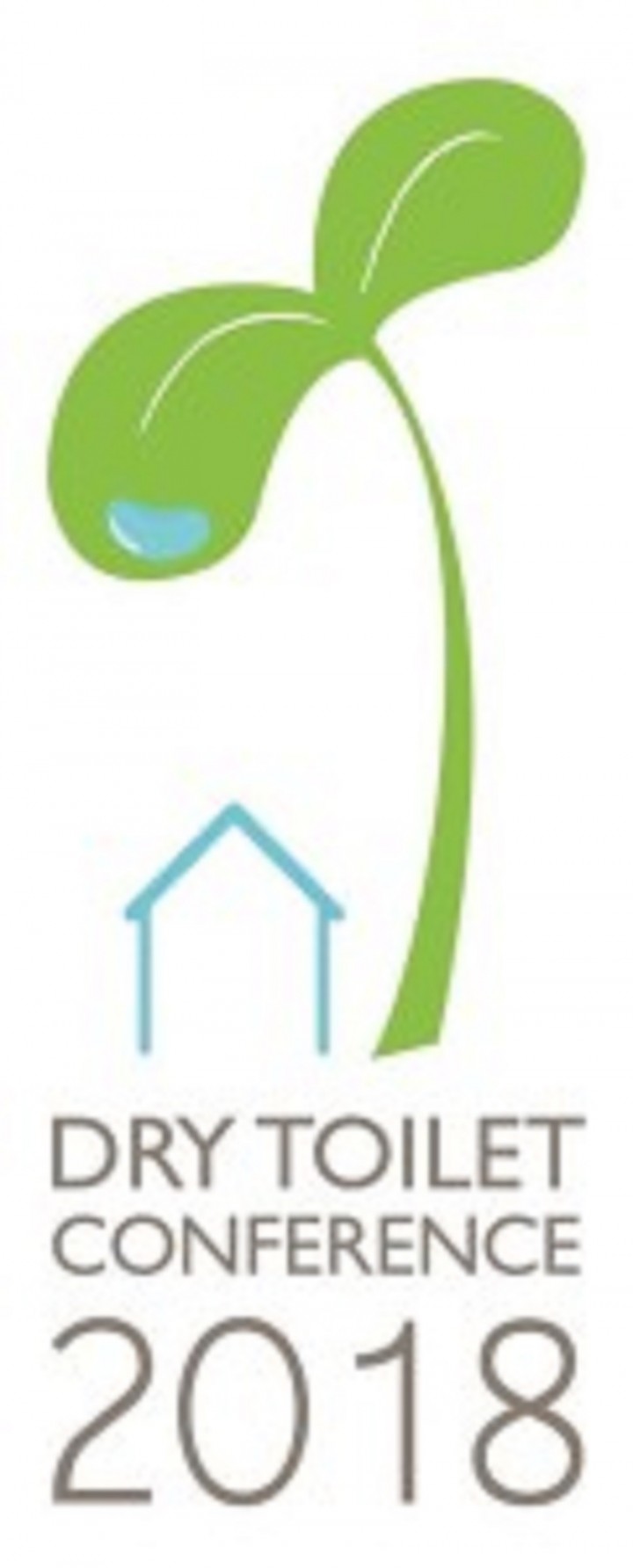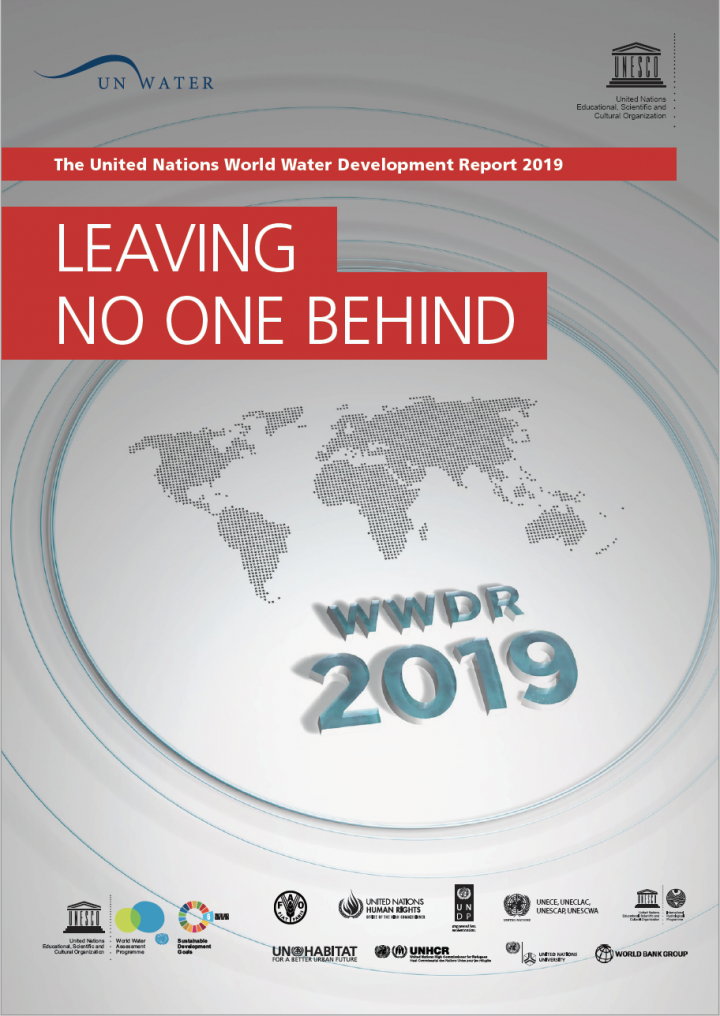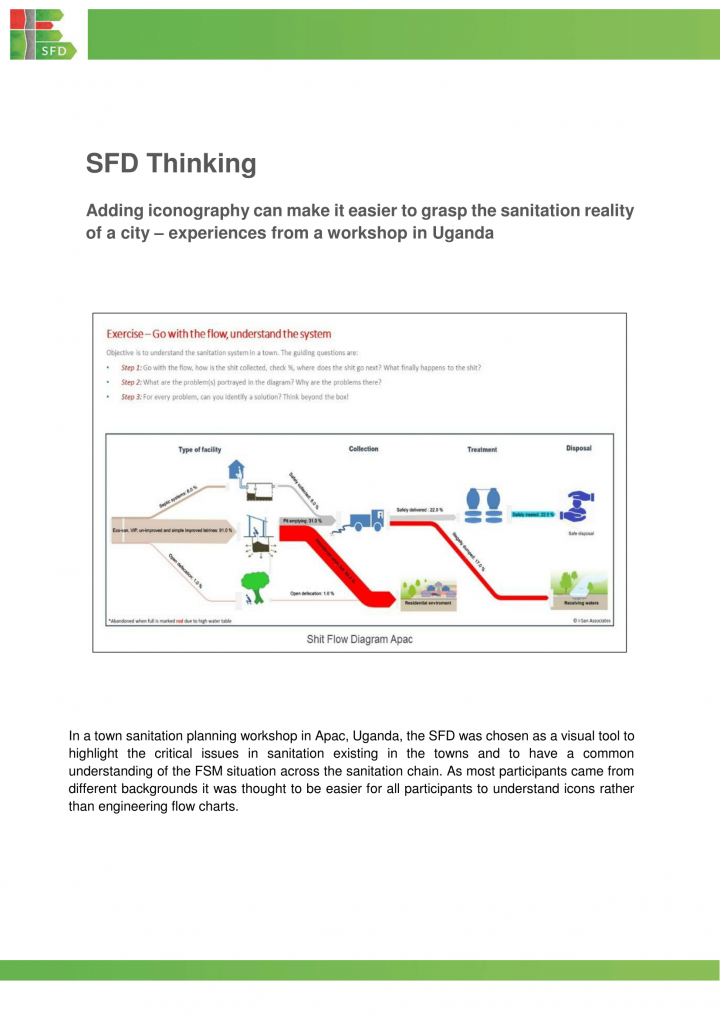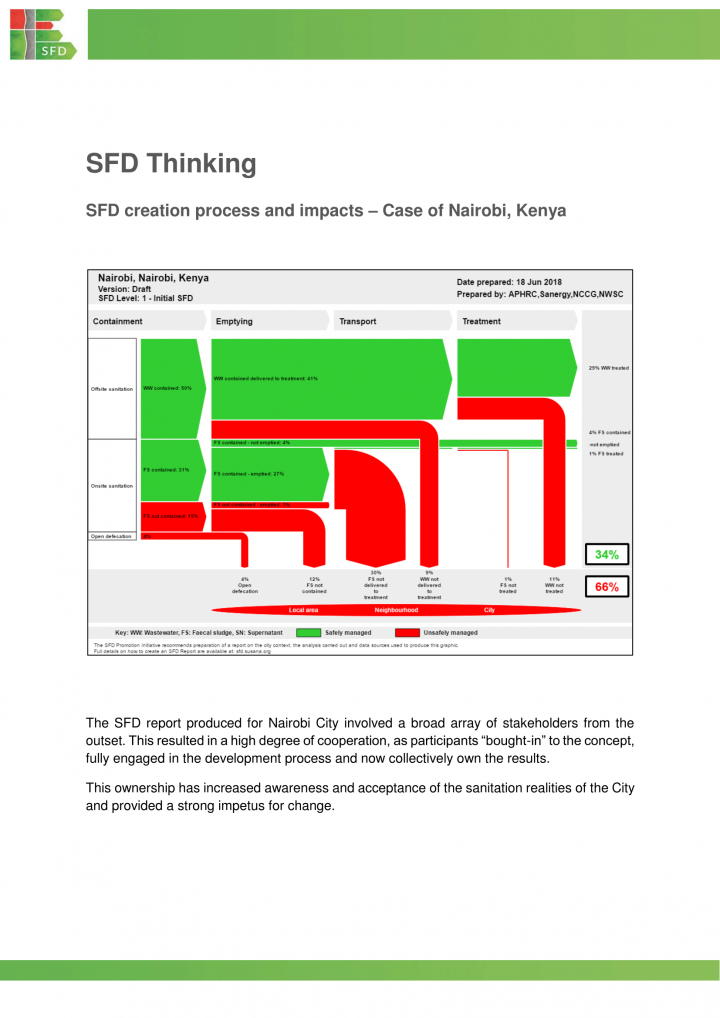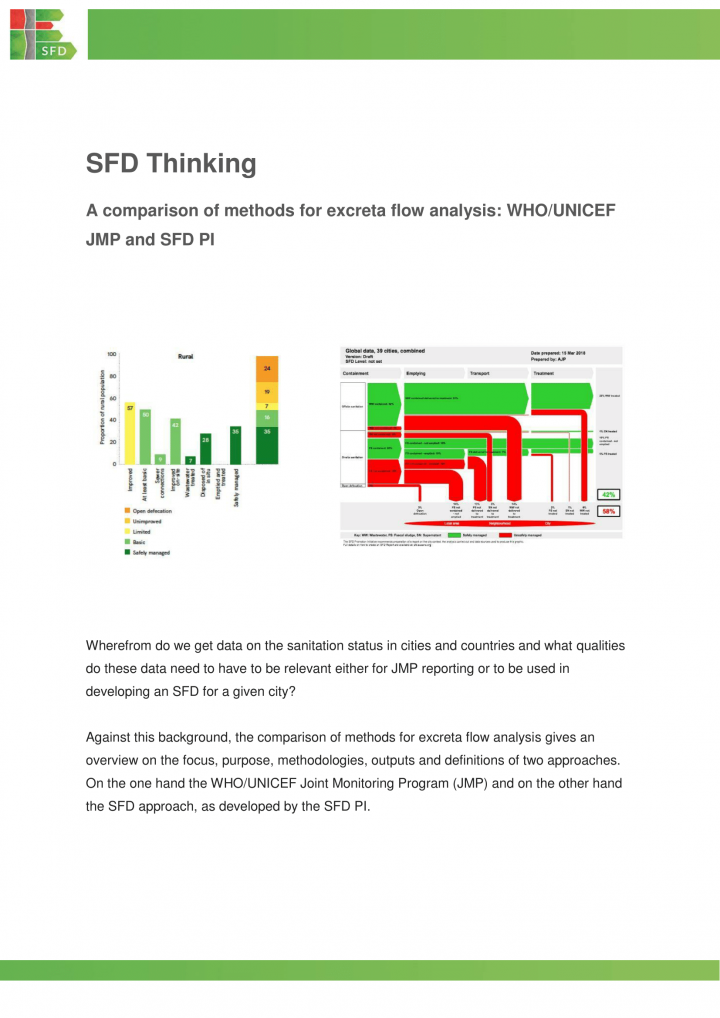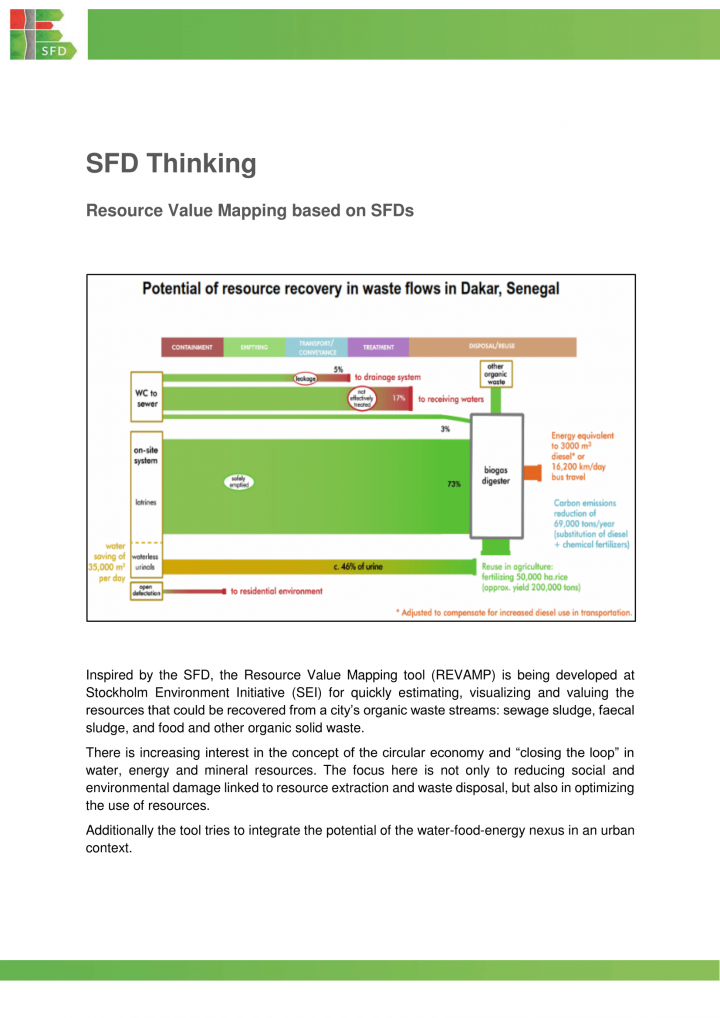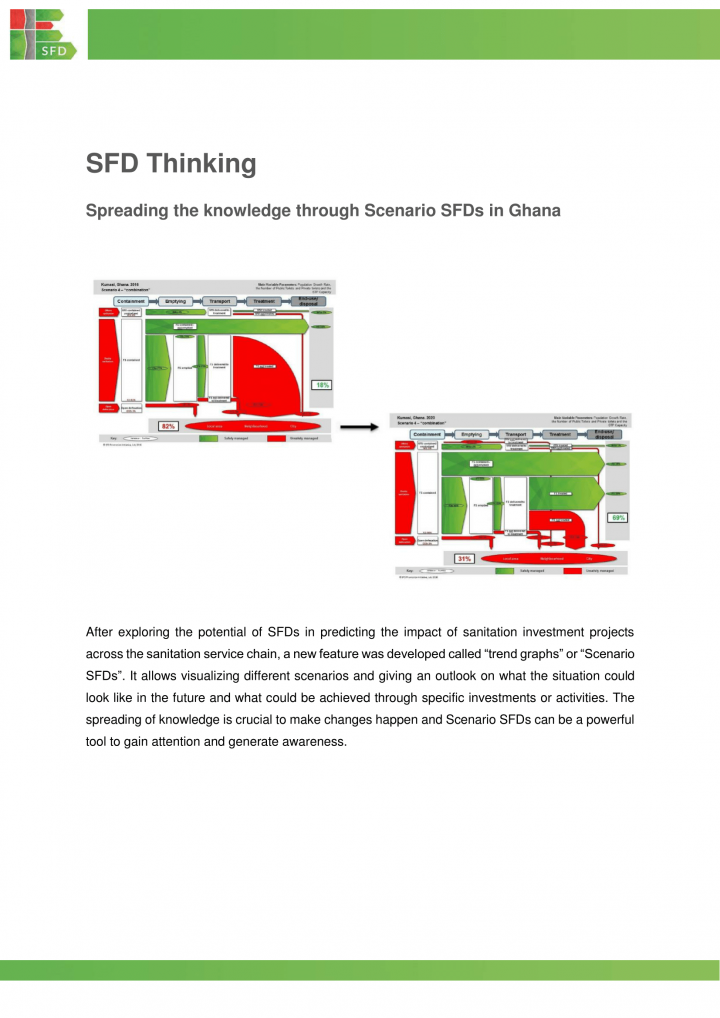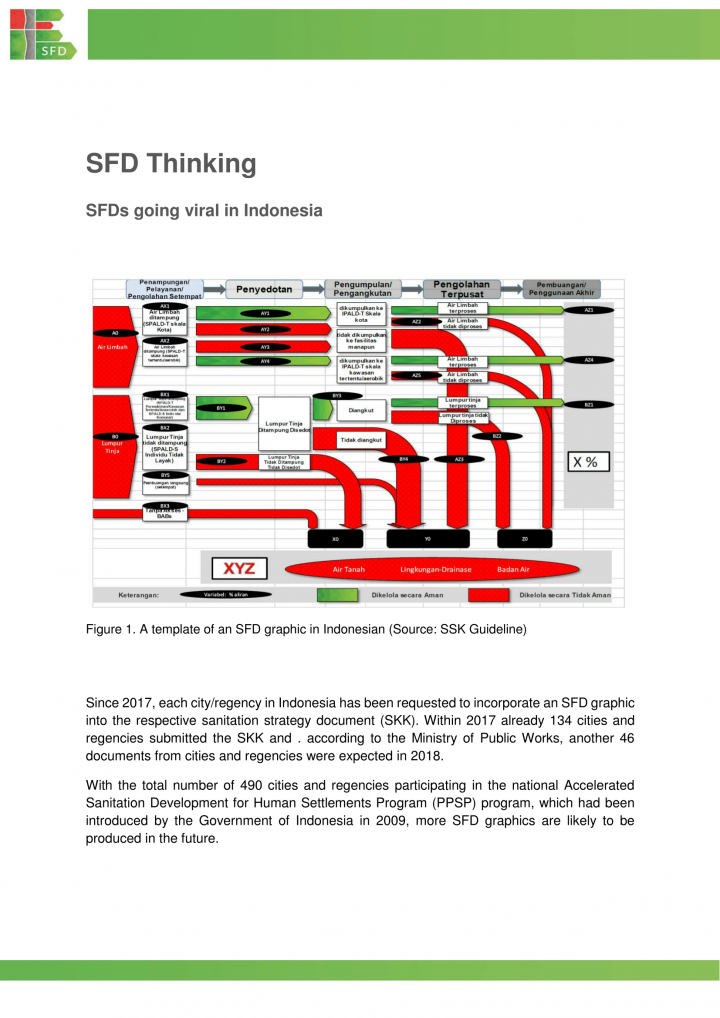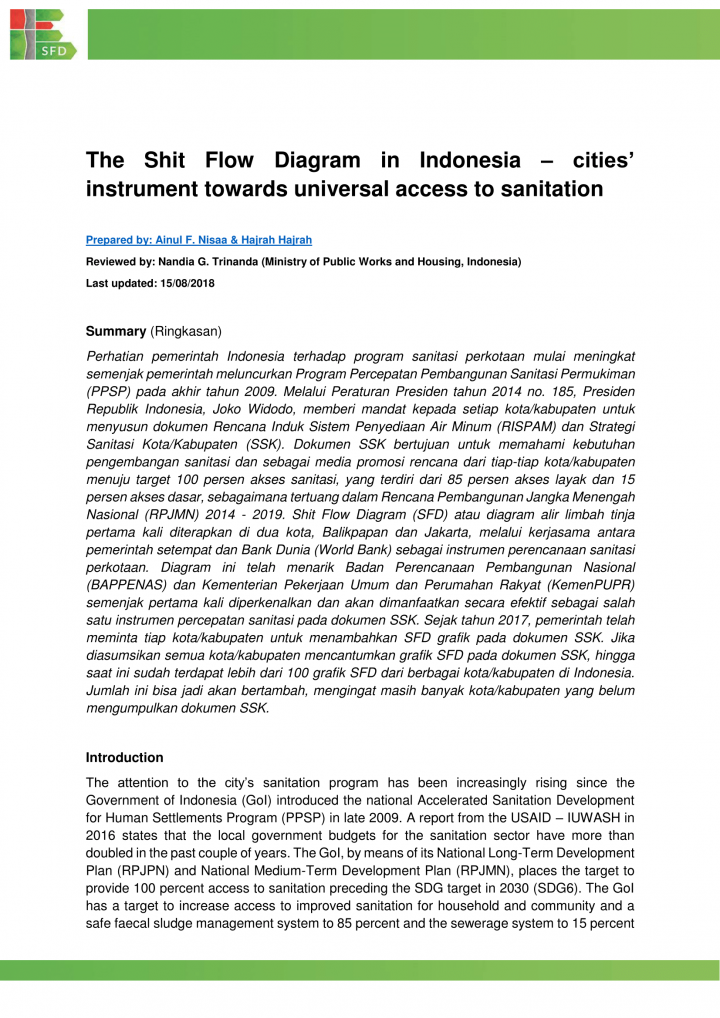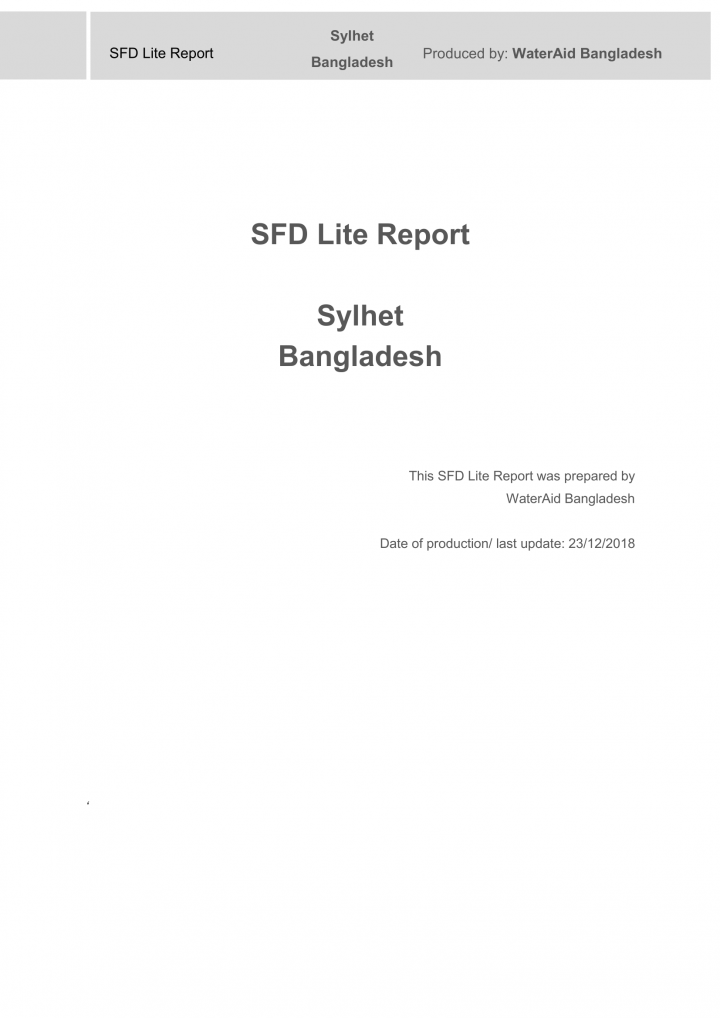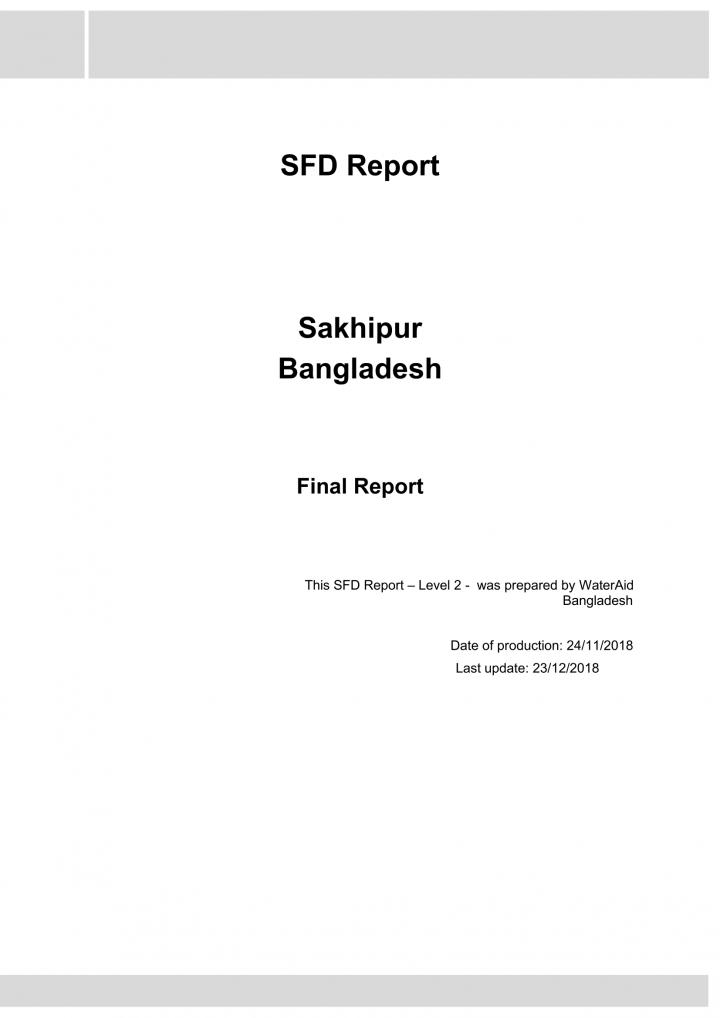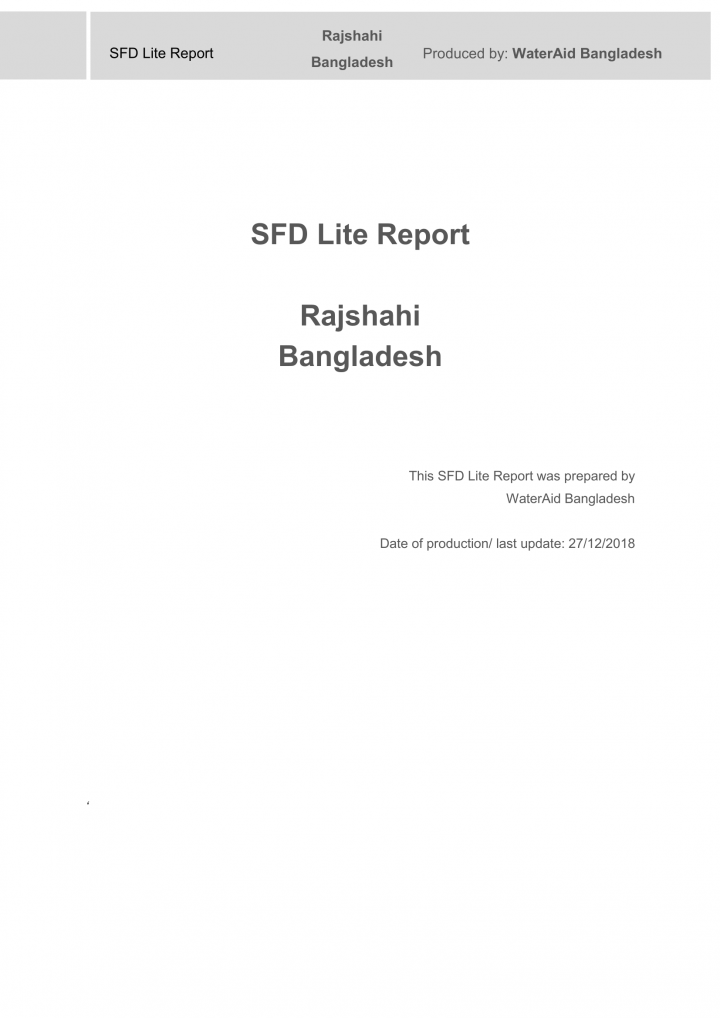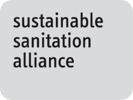Hytti, L., Simkute, S. and Jahangir, A. (2019) Menstrual Cup Interventions Follow-up Study, Uganda
Globally many women and girls do not have access to appropriate Menstrual Health Management (MHM) methods that are effective, comfortable, convenient, affordable and safe to use and dispose of. Combined with inadequate facilities, social support and knowledge of menstruation as well as prevailing menstrual taboos and stigma, the lack of appropriate MHM methods can impact the physical, social and mental well-being of women and girls. […]
WHO and UNICEF (2019) WASH in Health Care Facilities Global Baseline Report 2019
The WHO/UNICEF JMP has expanded its global databases to include WASH in health care facilities. The 2019 global baseline report includes harmonized national estimates as well as regional and global estimates for 2016. The Key messages for sanitation are: In 2016: 1. 18 countries and only one SDG region had sufficient data to estimate coverage of basic sanitation services in health care facilities. 2. There were not enough […]
GIZ (2019) Sustainable Sanitation Newsletter 2019 (English and French) Issue no. 52, April 2019
This newsletter will provide you with a set of updates from the GIZ bilateral water and sanitation programmes in Africa, Asia, MENA and Latin America as well as a selection of news from other sustainable sanitation projects worldwide. This newsletter focuses on digital approaches in sanitation.
Global WASH Cluster (2019) GWC Annual Report 2018
The Global WASH Cluster Annual Report for 2018 summarizes the most salient results achieved over the year, the key challenges faced in implementing the Global WASH Cluster (GWC) Strategic Plan and recommends activities to overcome the challenges. The 2018 Annual Report follows the model established in the 2017 Annual Report. The priority activities are identified and listed in line with the new Result Framework defined […]
Ministry of Panchati Raj, Government of India (2015) Sanitation in Gram Panchayats Handbook for panchayats by the Ministry of Panchayati Raj, Government of India
This is meant to guide panchayats to plan and execute sanitation programmes. It covers individual and institutional sanitation, and hygiene.
Wendland, C., Jorritsma, F., Wienpahl, I., Herbst, S. (2019) Comparison of Students' Acceptance of Conventional and Ecological Sanitation in Rural Schools
In rural areas of Eastern Europe, the Caucasus and Central Asia (EECCA) without reliable piped water supply, the conventional school sanitation system – the pit latrine – is leading to hygienic and environmental problems. Urine diverting dry toilets (UDDT) have been demonstrated to be an alternative, ecological sanitation solution for rural schools of the EECCA region. This study compares the acceptance, perception and absenteeism of […]
Rodrigues, C., Sivila, L. (2018) SFD Report - Tarija, Bolivia (in Spanish)
Tarija es la capital de la provincia de Cercado y del departamento de Tarija, ubicada en un valle al extremo sur de Bolivia, que hace frontera con Argentina, siendo atravesada por el rio Guadalquivir. Para este reporte fue considerada el área de la ciudad de Tarija, cuya jurisdicción es mayor al área de prestación de servicios de la Cooperativa de Servicios de Agua y Alcantarillado […]
Various Authors (2019) Resource Recovery & Safe Reuse (RRR) and Public-Private Partnerships (PPP) for Faecal Sludge Management (FSM)
On 20. February 2019 a side-event and lunch-meeting on Resource Recovery & Safe Reuse (RRR) and Public-Private Partnerships (PPP) for Faecal Sludge Management (FSM) took place during the 5th AfricaSan Regional Conference on Sanitation and Hygiene (AfricaSan5) and 5th International Faecal Sludge Management (FSM5) Conference in Cape Town, South Africa. The events were organised as part of the RRR-Project - Phase III (2017 - 2019), […]
Various Authors (2018) Dry Toilet Conference 2018 presentations and posters
The 6th International Dry Toilet Conference 2018 was held in Tampere, Finland on 22nd – 24th August 2018. The theme of the conference was Dry Toilet Goes Circular with a focus on Cooperation, Co-creation and Experimentation. Please find the oral presentations and poster presentations below via the links to the page of the GlobalDry Toilet association of Finland. ***** Oral Presentations: ***** Alisa Keesey: Container-based […]
WWAP (UNESCO World Water Assessment Programme) (2019) The United Nations World Water Development Report 2019 Leaving No One Behind
The UNESCO World Water Assessment Programme brings together the work of numerous UN-Water Members and Partners to produce the United Nations World Water Development Report series.The annual editions focus on strategic water issues. UN-Water Members and Partners as well as other experts contribute the latest knowledge on a specific theme.The 2019 Report seeks to inform policy and decision-makers, inside and outside the water community, how […]
Salian, P. (2016) SFD Thinking - Adding iconography can make it easier to grasp the sanitation reality of a city: Experiences from a workshop in Uganda SFD Promotion Initiative
In a town sanitation planning workshop in Apac, Uganda, the SFD was chosen as a visual tool to highlight the critical issues in sanitation existing in the towns and to have a common understanding of the FSM situation across the sanitation chain. As most participants came from different backgrounds it was thought to be easier for all participants to understand icons rather than engineering flow […]
Dewhurst (2018) SFD Thinking - SFD creation process and impacts (Case of Nairobi, Kenya) SFD Promotion Initiative
The SFD report produced for Nairobi City involved a broad array of stakeholders from the outset. This resulted in a high degree of cooperation, as participants “bought-in” to the concept, fully engaged in the development process and now collectively own the results. This ownership has increased awareness and acceptance of the sanitation realities of the City and provided a strong impetus for change.
Peal, A. (2018) SFD Thinking - A comparison of methods for excreta flow analysis: WHO/UNICEF JMP and SFD PI SFD Promotion Initiative
Wherefrom do we get data on the sanitation status in cities and countries and what qualities do these data need to have to be relevant either for JMP reporting or to be used in developing an SFD for a given city? Against this background, the comparison of methods for excreta flow analysis gives an overview on the focus, purpose, methodologies, outputs and definitions of two […]
Andersson, K. (2017) SFD Thinking - Resource Value Mapping based on SFDs SFD Promotion Initiative
Inspired by the SFD, the Resource Value Mapping tool (REVAMP) is being developed at Stockholm Environment Initiative (SEI) for quickly estimating, visualizing and valuing the resources that could be recovered from a city’s organic waste streams: sewage sludge, faecal sludge, and food and other organic solid waste. There is increasing interest in the concept of the circular economy and “closing the loop” in water, energy and […]
Fernandez-Martinez, L., Furlong, C. (2016) SFD Thinking - Spreading the knowledge through Scenario SFDs in Ghana SFD Promotion Initiative
After exploring the potential of SFDs in predicting the impact of sanitation investment projects across the sanitation service chain, a new feature was developed called “trend graphs” or “Scenario SFDs”. It allows visualizing different scenarios and giving an outlook on what the situation could look like in the future and what could be achieved through specific investments or activities. The spreading of knowledge is crucial […]
Nisaa, A. F., Hajrah, H. (2018) SFD Thinking - SFDs going viral in Indonesia SFD Promotion Initiative
Since 2017, each city/regency in Indonesia has been requested to incorporate an SFD graphic into the respective sanitation strategy document (SKK). Within 2017 already 134 cities and regencies submitted the SKK and . according to the Ministry of Public Works, another 46 documents from cities and regencies were expected in 2018. With the total number of 490 cities and regencies participating in the national Accelerated Sanitation […]
Nisaa, A. F., Hajrah, H. (2018) SFD Case Story - The Shit Flow Diagram in Indonesia
Since 2017, each city/regency in Indonesia has been requested to incorporate an SFD graphic into the respective sanitation strategy document (SKK). Within 2017 already 134 cities and regencies submitted the SKK and . according to the Ministry of Public Works, another 46 documents from cities and regencies were expected in 2018. With the total number of 490 cities and regencies participating in the national Accelerated Sanitation […]
WaterAid (2018) SFD Lite Report - Sylhet, Bangladesh SFD Promotion Initiative
Sylhet, is a major city in north-eastern Bangladesh and is the capital of Sylhet Division. Sylhet City Corporation (SCC) was established in 2002. It comprises of 27 wards and the total area is 26.50 sq. km with a population of 270,606. The majority of the population use septic tanks (65%), around 20% uses toilets connected to lined tanks and pits and the rest (15%) use toilets […]
Al-Muyeed, A., Nath, S. K., Basar, Md. S. (2018) SFD Report - Sakhipur, Bangladesh SFD Promotion Initiative
Sakhipur is a town of Sakhipur Upazila, tangail, Bangladesh. The city is recognised as a Municipality and consists of 9 wards. The number of households in Sakhipur Municipality is 7,473 and the total population of the Municipality is 30,028, with a density of 1,100 persons per sq.km. The literacy rate is 57.6% (BBS, 2011). This city faces the challenges of a poor and insufficient waste […]
WaterAid (2018) SFD Lite Report - Rajshahi, Bangladesh SFD Promotion Initiative
Rajshahi City Corporation (RCC) stands on the bank of the river Padma in Rajshahi districts. RCC was established in 1991. It comprises of 30 wards and total area is 96.72 sq. km. The total population of Rajshahi City Corporation is about 0.85 million with Population Density 4,318/Sq Km. In Rajshahi city, RWASA (Rajshahi Water Supply & Sewerage Authority) supplies water to meet the need […]
